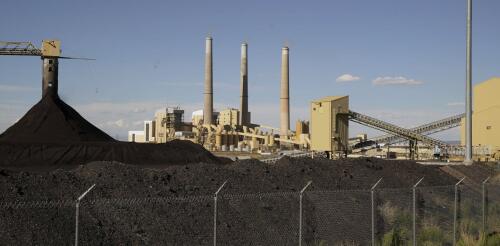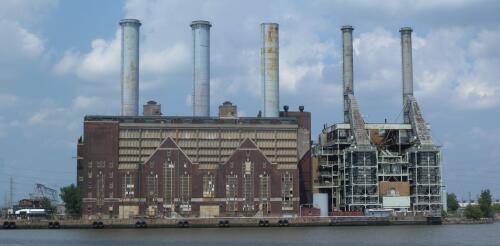Electricity generation
Electric power generation in the U.S. is shifting rapidly away from fossil fuels toward cleaner and lower-carbon sources. State clean energy targets and dramatic declines in the cost of renewable electricity are the most important reasons. But fossil fuel plants still generate 60% of the U.S. electricity supply, producing air, water and land pollutants and greenhouse gases in the process. To reduce these impacts, the Environmental Protection Agency announced a suite of rules on April 25, 2024. They focus mainly on coal plants, the nation’s most-polluting electricity source. As an environmental lawyer who has been in practice since the early 1970s, I believe these curbs on power plant pollution are long overdue. The new rules close loopholes in existing laws that have allowed coal-fired power plants to pollute the nation’s air and water for decades. And they require utilities to drastically slash these plants’ greenhouse gas emissions or close them down. Oppon...
The U.S. is nearing the end of one of its hottest summers on record. Across the nation, heat waves have driven peak electricity demand on some days to levels far exceeding seasonal averages. Grid operators rely on so-called “peaker” plants to ensure they will have enough supply to meet these demand surges. Peaker units can start up quickly and at relatively low cost, but they typically burn more fuel per unit of electricity produced than other types of fossil fuel units. Because they are less efficient than other plants, peakers typically run only during high-demand periods. Historically, peakers have run for less than 10% of the year, often for just a few hours at a stretch. Nonetheless, their higher emissions per unit of electricity produced raise environmental and health concerns. As of 2021, there were 999 peaker plants across the U.S., in all 50 states. About 70% of these plants burned natural gas, and the rest were powered by oil and coal. To reduce air p...

